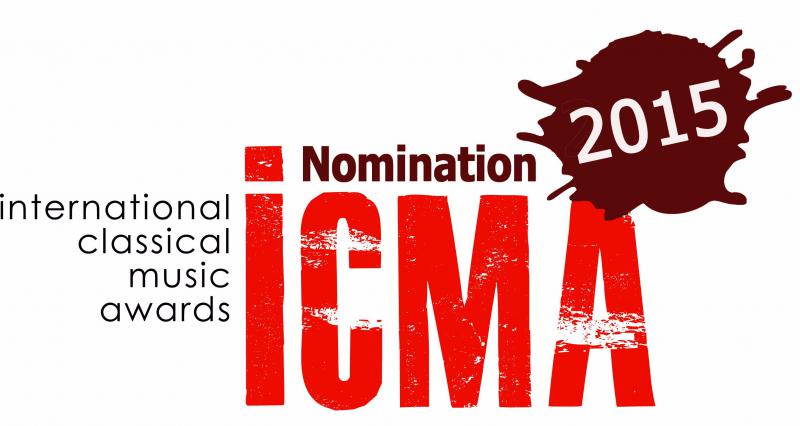
Rezension www.musicweb-international.com 01.08.2003 | Gerald Fenech | 1. August 2003 Kubelik's Mahler credentials have long been established ever since his...
Kubelik's Mahler credentials have long been established ever since his trailblazing Decca recording of the First with the VPO in 1957 indeed many collectors still prefer that version to others for its verve and drive. This 1981 live relay from Munich shows the Czech conductor at his most inspired with the orchestra that was part of his life for most of his recording career. The bold strokes of the Trauermarsch are magnificent in their eerie solemnity with a rich resonant recording aiding the imposing nature of the music no end. 'Sturmisch bewegt' is constructive and fullsome although other conductors like Karajan and Bernstien have brought greater character to his music, indeed Kubelik's own previous 1967 recording was much more involved. The Scherzo moves about with terrific swagger, the BRSO horns have a field day and the contributions of the strings are also quite dizzying. In the famous Adagietto, Kubelik almost finds a heavenly pace; this is music from another planet in such a conductor's hands. One cannot fault the Finale for its irresistible rhythmic verve and drive that bring the work to an end in typically vigorous fashion. Audite's recording is admirably clear and extremely vivid, indeed the famous spacious acoustic of the Herkulessaal is quite dazzlingly captured. There is a whole host of Fifths in the bargain and mid-price range but this recording demands to be heard, both as a souvenir of Kubelik's immense charisma and for its place as a unique testament of Mahler conducting to range alongside the Bernsteins, Soltis and Karajans of the past century.


